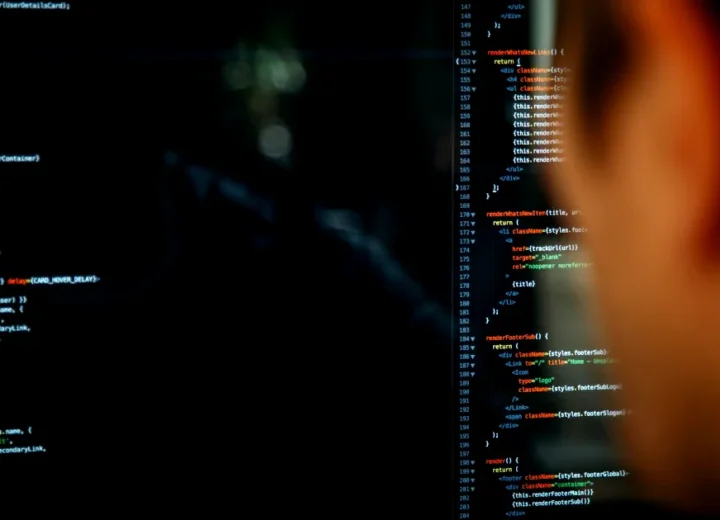
Welcome back to our Machine Learning Series. In this article, we discuss Reinforcement Learning. Reinforcement Learning introduces the concept of agents making decisions and taking actions to achieve goals, learning from the consequences of their actions.
Introduction
Understanding Reinforcement Learning
Definition & Core Concepts
Reinforcement Learning (RL) is a type of machine learning where an agent learns to make decisions by interacting with an environment. The agent takes actions, and the environment provides feedback in the form of rewards or penalties. The goal of the agent is to learn a policy—a strategy that maps states to actions—maximizing the cumulative reward over time. Reinforcement Learning is inspired by behavioral psychology, where the agent learns through trial and error.
Key Components: Agent, Environment, & Rewards
Agent: The entity making decisions and taking actions within the environment.
Environment: The external system with which the agent interacts, representing the context or scenario.
Rewards: Numeric values provided by the environment as feedback for each action. Positive rewards encourage desired behavior, while negative rewards discourage undesirable actions.
Algorithms
Reinforcement Learning Algorithms
Markov Decision Process (MDP)
The foundation of Reinforcement Learning is the Markov Decision Process, a mathematical framework representing the interaction between an agent and an environment. An MDP consists of states, actions, transition probabilities, rewards, and a discount factor. States capture the current situation, actions represent possible moves, transition probabilities define the likelihood of moving from one state to another, rewards quantify the immediate feedback, and the discount factor accounts for future rewards’ diminishing importance.
Q-Learning
Q-Learning is a fundamental algorithm in Reinforcement Learning, especially in scenarios with discrete state and action spaces. The Q-value represents the expected cumulative future reward of taking a particular action in a specific state. The algorithm iteratively updates the Q-values based on the observed rewards, allowing the agent to learn an optimal policy over time.
Deep Reinforcement Learning
Deep Reinforcement Learning combines the principles of RL with deep neural networks. Deep Q Network (DQN) is an example where a neural network is used to approximate the Q-values for each state-action pair. This allows the model to handle complex and continuous state spaces, enabling applications in areas like robotic control and game playing.
Policy Gradient Methods
Policy Gradient Methods focus on directly learning the policy function that maps states to actions. Instead of estimating Q-values, these methods optimize the parameters of a policy to maximize expected cumulative rewards. This approach is particularly effective in continuous action spaces and is commonly used in applications such as robotic control and natural language processing.
Notable Applications
Applications of Reinforcement Learning
Game Playing
Reinforcement Learning has made significant strides in mastering complex games. From classic board games like Chess and Go to video games like Dota 2 and StarCraft II, RL algorithms have demonstrated the ability to learn strategies, adapt to opponents, and achieve superhuman performance.
A fantastic documentary on this is available free on YouTube and documents the Google Deepmind Team’s endeavor to beat the top Go professional in the world with an AI trained with Deep Reinforcement Learning – embedded below for your convenience.
Robotics
In robotics, Reinforcement Learning enables agents to learn control policies for physical systems. Robots can learn to perform tasks like grasping objects, walking, and even complex maneuvers. RL provides a way for robots to adapt and optimize their behavior based on real-world feedback.
Autonomous Vehicles
Reinforcement Learning plays a role in training autonomous vehicles to make decisions in dynamic environments. Agents learn to navigate traffic, respond to unforeseen obstacles, and optimize driving behavior based on safety and efficiency criteria.
Challenges
Challenges & Considerations
Exploration vs. Exploitation
A fundamental challenge in Reinforcement Learning is the exploration-exploitation dilemma. The agent must balance the exploration of new actions to discover better strategies with the exploitation of known actions to maximize immediate rewards. Strategies such as epsilon-greedy policies and Upper Confidence Bound (UCB) methods help address this challenge.
Credit Assignment
Credit assignment involves attributing rewards to specific actions that led to those rewards. In complex environments, determining which actions contributed most to a positive or negative outcome can be challenging. Temporal Difference methods and eligibility traces are techniques used to address credit assignment problems.
Future
Future Directions & Advancements
Multi-Agent Reinforcement Learning
As technology advances, the interaction between multiple intelligent agents becomes more prevalent. Multi-Agent Reinforcement Learning explores how multiple agents can learn and adapt their strategies in a shared environment. This area holds promise for applications in traffic management, resource allocation, and cooperative robotics.
Explainable Reinforcement Learning
As RL models become more sophisticated, there is a growing need for explainability. Understanding the decision-making process of RL agents is crucial, especially in sensitive applications like healthcare and finance. Research in explainable reinforcement learning aims to make the decision-making process of agents more transparent and interpretable.




